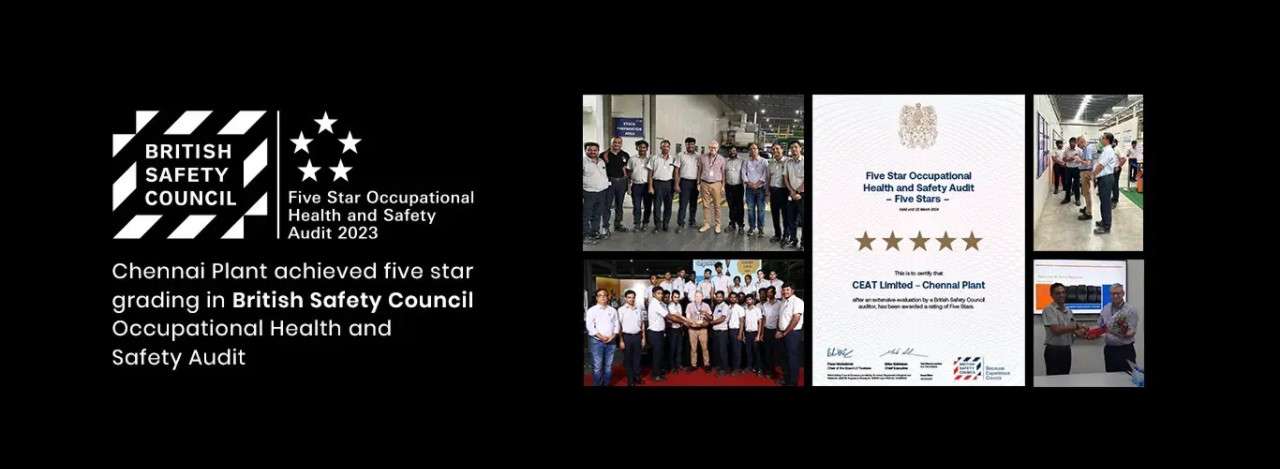Plant & Machinery
Specialty tires
Truck and bus tires
Light truck tires
Farm tires
Passenger car radial tires
Truck and bus tires
Farm tires
Specialty tires
High-quality machines from renowned European and international manufacturers bolster our new state-of-the-art greenfield plant.
Worldwide Manufacturing Capability:
We have strategically located plants across India to ensure efficient production and distribution of our tires to more than 130+ countries.
Our state-of-the-art facility at Ambernath is key in our off-highway tire production. Established in 2017, it embodies our vision of becoming a globally benchmarked manufacturer in this segment.
- Specializes in radial off-highway tires, catering to the specific needs of tractors and other agricultural equipment.
- A minimum order quantity of 1 tire ensures flexibility for farmers and agricultural businesses of all sizes.
- The first patent granted in FY 20 underscores our commitment to groundbreaking research and development.
- OEM approvals from leading brands like TAFE, CNH Industrial, Mahindra, and John Deere demonstrate the trust and quality associated with CEAT tires.
- Safety and quality excellence: Ambernath boasts a BSC 5-star safety rating, the Sword of Honour for safety practices, the prestigious Deming Grand Award and Golden Peacock Occupational Health & Safety Award (FY 24), signifying our unwavering commitment to these crucial aspects.
The Ambernath plant exemplifies CEAT's dedication to continuous improvement. By combining advanced technology with a nationwide production network, we strive to deliver tires that empower tractors to operate at peak efficiency.



